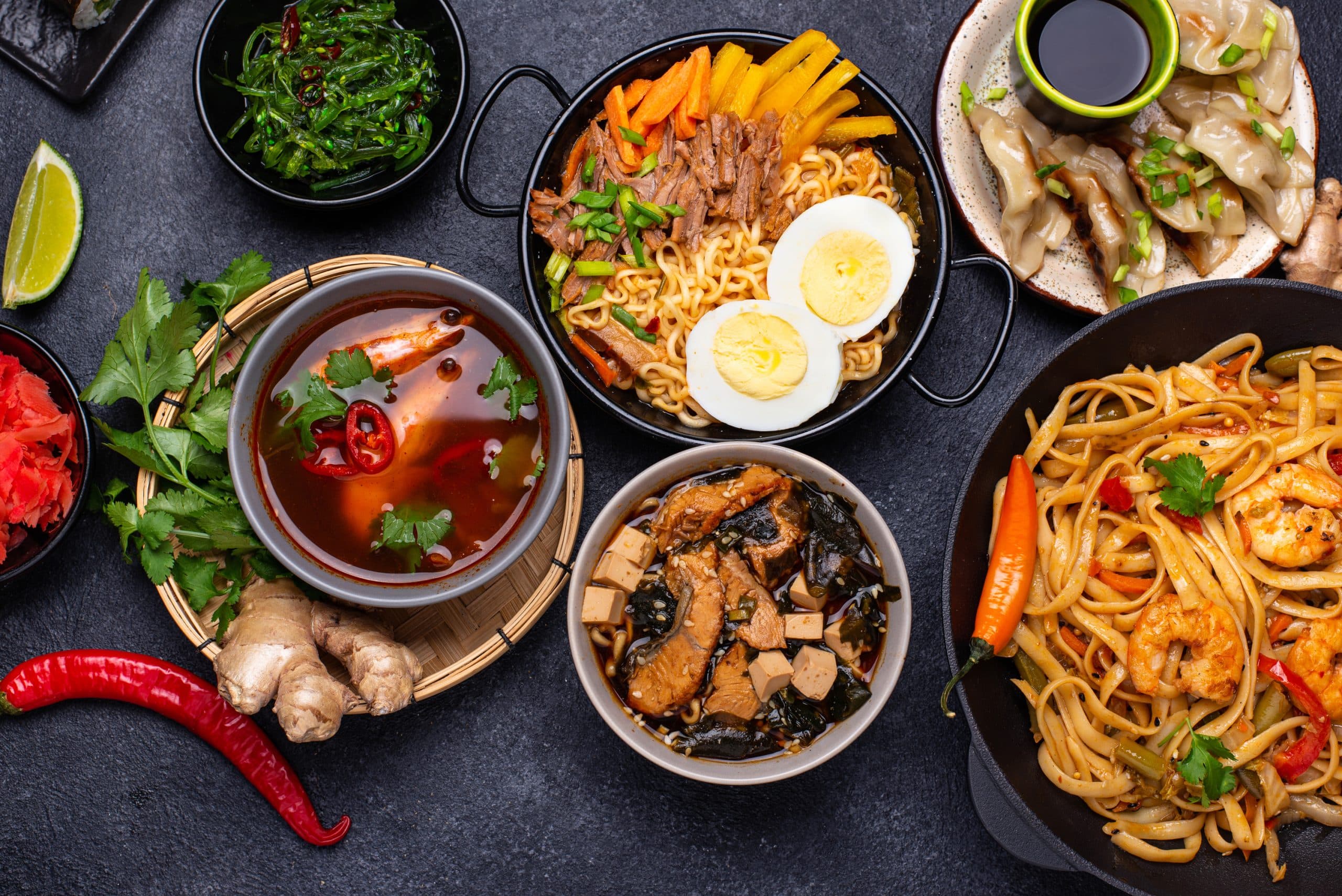How Can You Prepare an Authentic Pad Thai with Tamarind and Peanuts?

Pad Thai, a classic dish of Thai cuisine, is renowned for its delicate balance of flavors. It’s a delightful concoction that entwines tangy tamarind, zesty lime, spicy chilli, and the crunchy, nutty goodness of peanuts. For those who love cooking, preparing Pad Thai at home can be an exciting culinary adventure. Whether you’re a fan of Thai food or a novice to the taste, the process of creating this dish is incredibly satisfying. In this article, we will guide you through the steps to prepare an authentic Pad Thai with tamarind and peanuts, right in your own kitchen.
Gathering the Ingredients
Before you start cooking, it’s crucial to assemble all the required ingredients. Pad Thai is a versatile dish that can be easily tailored to your preferences. While tamarind and peanuts are the stars of this dish, several other components play essential roles in building its unique flavor profile.
Also read : Can You Make a Flavor-Packed Chorizo and Potato Spanish Tortilla?
For a traditional Pad Thai, you will need:
- Rice Noodles: These flat, thin noodles are the base of your Pad Thai. They are essential for absorbing the flavors of the sauce and other ingredients.
- Tamarind Paste: This gives Pad Thai its distinctive tangy flavor. Made from the pulp of tamarind fruits, it’s a quintessential Thai ingredient.
- Peanuts: Roasted and crushed, these add a satisfying crunch and a nutty flavor to the dish.
- Protein: This could be tofu, chicken, shrimp, or a combination of these. The choice depends on your preference.
- Vegetables: Bean sprouts and garlic chives are traditionally used. They add a fresh, crunchy texture that complements the noodles and protein.
- Seasonings: Fish sauce, palm sugar, lime, bird’s eye chilli, and eggs are used to create a multi-layered flavor that is sweet, salty, tangy, and a tad spicy.
Preparing the Ingredients
Preparation is key when cooking any dish, and Pad Thai is no exception. Firstly, soak the rice noodles in warm water until they soften. This usually takes about 30-40 minutes. Drain them and set them aside.
Also to discover : How to Achieve the Perfect Balance of Flavors in a Coq au Riesling?
For the protein, if you’re using tofu, drain and press it to remove excess moisture, then chop it into small cubes. If you’re using chicken or shrimp, clean them thoroughly and cut them into bite-sized pieces.
Crush the peanuts roughly. They should not be too fine; you want them to add texture to your dish.
Making the Pad Thai Sauce
The sauce is where the magic happens. It’s a symphony of flavors that brings the dish together. Start by mixing tamarind paste, fish sauce, and palm sugar in a bowl. The palm sugar should melt completely. Taste the sauce and adjust the flavors as per your liking. Remember, it should be a balance of sour, sweet, and savory.
Cooking the Pad Thai
Now, let’s bring all these components together. Heat a wok over medium heat and add some oil. Add the protein and cook until it’s done. For tofu, it should be slightly golden on the outside. For chicken or shrimp, ensure it’s completely cooked through.
Push the protein to the side of the wok and crack an egg into it. Scramble the egg until it’s cooked.
Then, add the noodles and pour in the sauce. Toss everything together until the noodles are coated in the sauce. If the noodles seem dry, you can add a little bit of water.
Next, toss in the bean sprouts and garlic chives. Stir fry for a minute or two until the vegetables are slightly wilted but still crunchy.
Serving the Pad Thai
Finally, it’s time to plate up. Serve the Pad Thai hot, garnished with crushed peanuts, a wedge of lime, and a sprinkle of chopped bird’s eye chilli (if you like some heat). The lime adds a final punch of freshness that elevates the dish.
While Pad Thai is often enjoyed in the bustling street markets of Thailand, you can now create this culinary delight in your own kitchen. With a balance of flavors and a variety of textures, Pad Thai is a dish that is sure to impress. Remember, the secret to an excellent Pad Thai lies in the quality of ingredients and the harmony of flavors. Happy Cooking!
Exploring Variations of Pad Thai
Once you have mastered the art of making basic Pad Thai, you can start experimenting with different variations. This is one of the joys of cooking – you can adjust recipes to suit your personal taste and dietary requirements. Here, we will explore some popular variations that you can try.
For a vegetarian or vegan Pad Thai, simply omit the protein or replace it with tofu, and use soy sauce instead of fish sauce. You can also add more vegetables like bell peppers and carrots for extra nutrition and crunch.
A seafood Pad Thai is another excellent option. You can use a mix of shrimp, squid, and mussels for a seafood extravaganza. The umami flavor of the seafood pairs well with the sweet and sour Pad Thai sauce.
If you’re looking to add a bit more heat to your dish, try a spicy Pad Thai. Simply increase the amount of bird’s eye chilli, or add some Thai red curry paste to the sauce for an extra kick.
Finally, for those who prefer a lighter version, you can prepare a low-carb Pad Thai by replacing the rice noodles with spiralized vegetables like zucchini or carrots. This version is not only healthier but also adds a different texture to the dish.
Remember, the beauty of Pad Thai lies in its versatility. It’s a dish that can be easily adapted to cater to various preferences and dietary needs.
Conclusion: Embrace the Thai Cooking Adventure
The journey to creating an authentic Pad Thai with tamarind and peanuts is both a culinary adventure and a cultural exploration. The process of sourcing the ingredients, preparing them in a specific way, and combining them to create a harmonious blend of flavors is a testament to the complexity and richness of Thai cuisine.
Preparing Pad Thai at home gives you the chance to customize the dish to your liking, and also appreciate the skill and artistry that goes into Thai cooking. The satisfaction of recreating this iconic dish in your own kitchen is unmatched, and the result is a delicious, flavorful meal that is sure to impress.
So, get your apron on, gather your ingredients, and embark on this delightful culinary journey. With the right ingredients, a bit of patience, and a lot of love, you can bring a piece of Thailand into your kitchen. Enjoy the process, savor the dish, and most importantly, have fun. After all, cooking is not just about feeding the body, but also nourishing the soul. Happy cooking!
